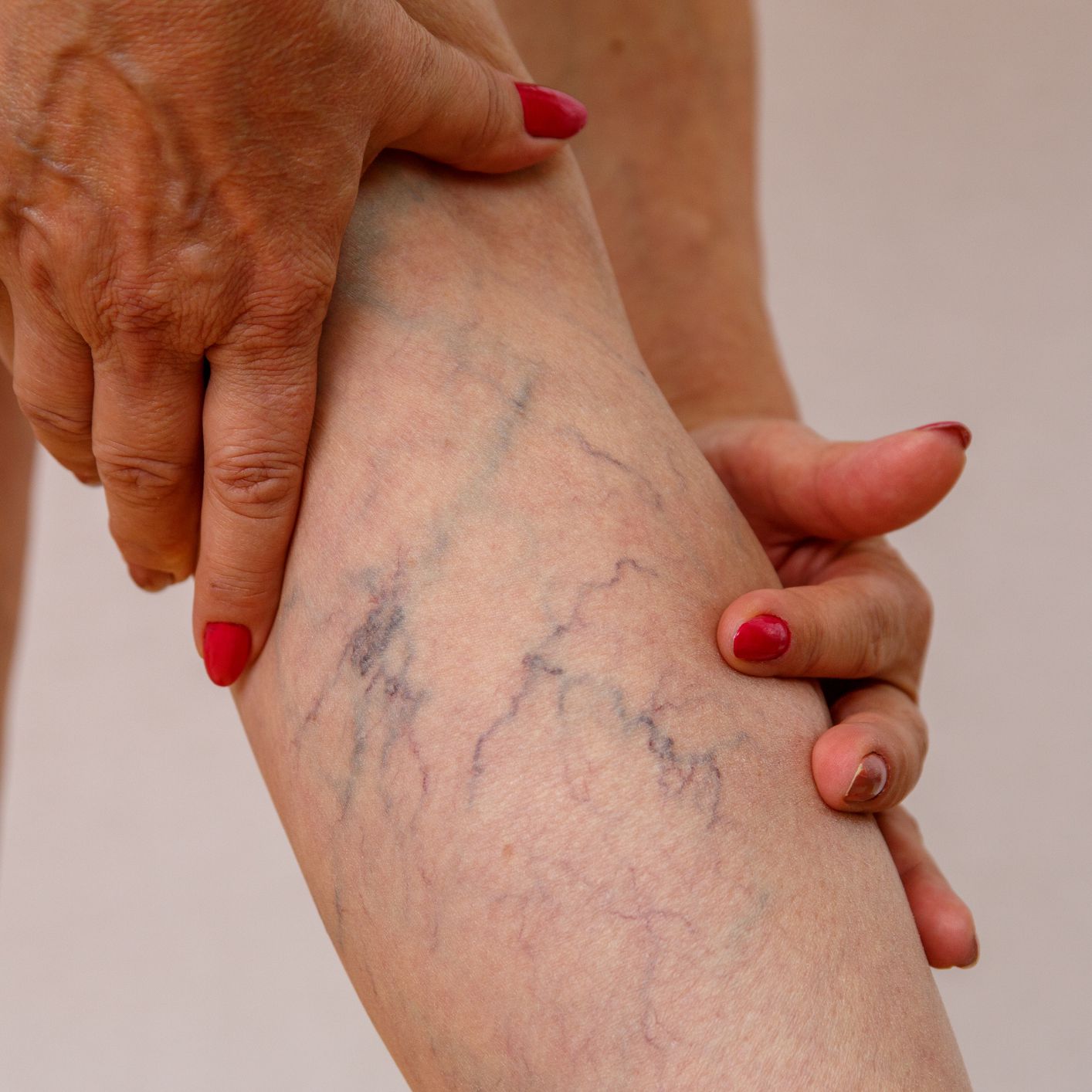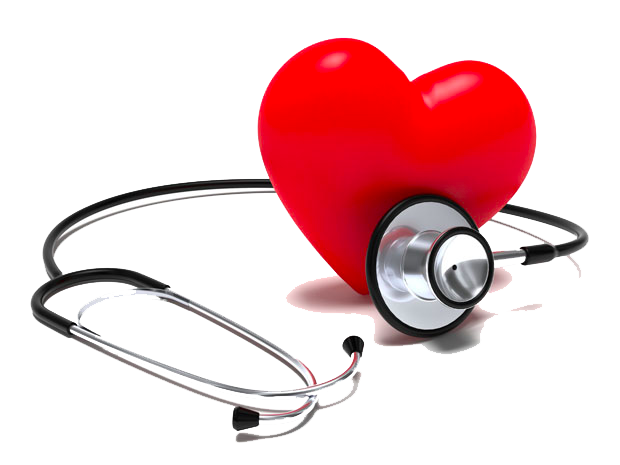
Foot symptoms of diabetes vary from person to person and may depend on the specific issues a person is experiencing at the time.
However, symptoms might include:
Anyone can develop varicose veins. Certain factors increase your chances of developing varicose veins, including:
The most recognizable sign of varicose veins is a gnarled, blue or purple vein just under your skin’s surface. Symptoms include:
Varicose veins are close to the surface of your skin and easy to see. Healthcare providers can diagnose the condition during a physical examination. They’ll feel your veins and examine them while you’re sitting and standing.
To see detailed images of your veins and check for complications, your provider may recommend an ultrasound. This safe, painless test uses sound waves to produce pictures of tissues inside your body. Ultrasounds can show blood clots and how your valves are working.

Copyright © 2025 Dr. Sandhya Bade | All Rights Reserved | Created & Crafted By Itorix Infotech
WhatsApp us
